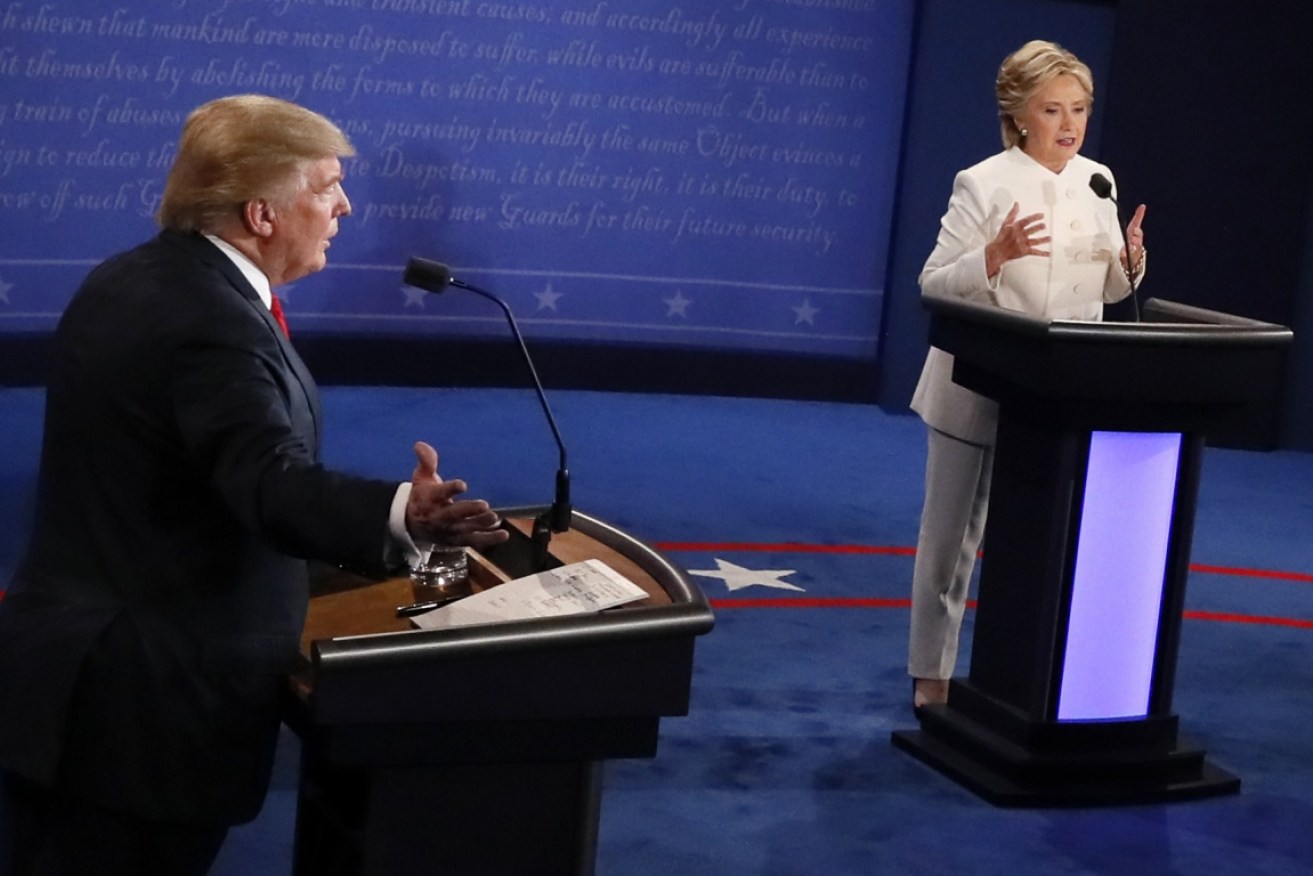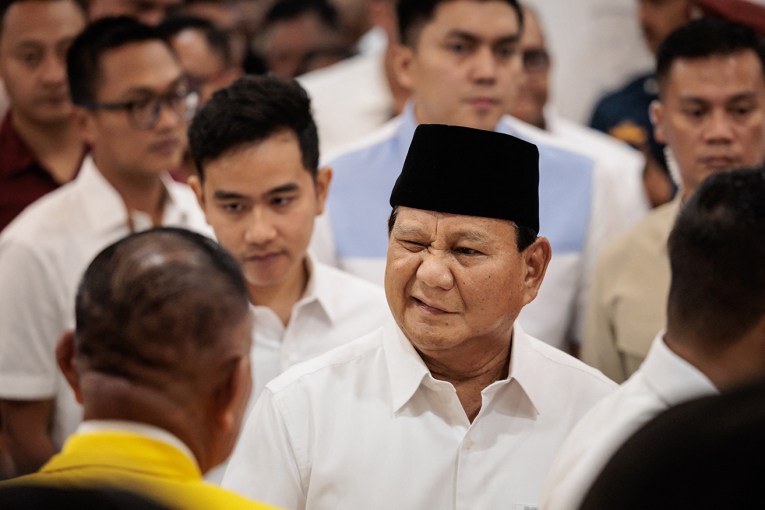US Election 2016: Grasping how the next president will be elected

This especially strange presidential election has made it difficult for Australians to grasp. Photo: Getty
Thanks to Republican nominee Donald Trump the 2016 presidential election seems to have unfolded like a screwball movie or an episode of the 1990s sitcom, Married With Children.
Trump has made the battle for the most powerful job in the world seem like a string of put-down routines, rather than a serious contest for the most powerful job in the world.
It has made this year’s presidential election especially strange and difficult for many Australians come to grasp.
However, there are other quirks of the US political system that baffle outsiders, particularly its idiosyncratic method for electing a president.
Here’s a summary of how the system works:
- On Tuesday (Wednesday morning Australian time) American citizens who are registered to vote in one of the 50 US states and the District of Columbia can participate in the ballot to decide who will be the 45th President of the United States.
- The election will be coordinated by the each of the state legislatures, rather than the federal government.
- Registered voters who choose to participate in the ballot will elect state delegates to a national electoral college that will comprise 538 members.
- When choosing a candidate, electors actually vote for the names of delegates to the electoral college that formally appoints the next president.
- States with large populations such as California (55 delegates) and Texas (38 delegates) send more delegates than small states like Hawaii (3 delegates).
- In most states, delegates are awarded on a ‘winner take all” principle. So, if delegates pledged to Donald Trump attract more than 50 per cent of the votes in Texas, then Mr Trump will claim all 38 college members from the state.
- Magic number: The candidate who wins 270 or more delegates to the electoral college will have a majority. He or she is officially slated as the next President when the college votes are officially declared in the middle of December.
The mechanics of the college system mean that it is possible for a candidate who wins the most votes nationally is unable to muster a majority of college votes.
This has happened on four occasions, the last time was in 2000 when Democrat nominee Al Gore lost the college vote to George W. Bush.
Another potential flaw of the college system is that it is also possible for college delegates to vote against a candidate that they are pledged to.
Delegates who do this are known as “faithless members” and are typically heavily sanctioned by their parties.
No presidential election has ever been decided by the actions of faithless members.








